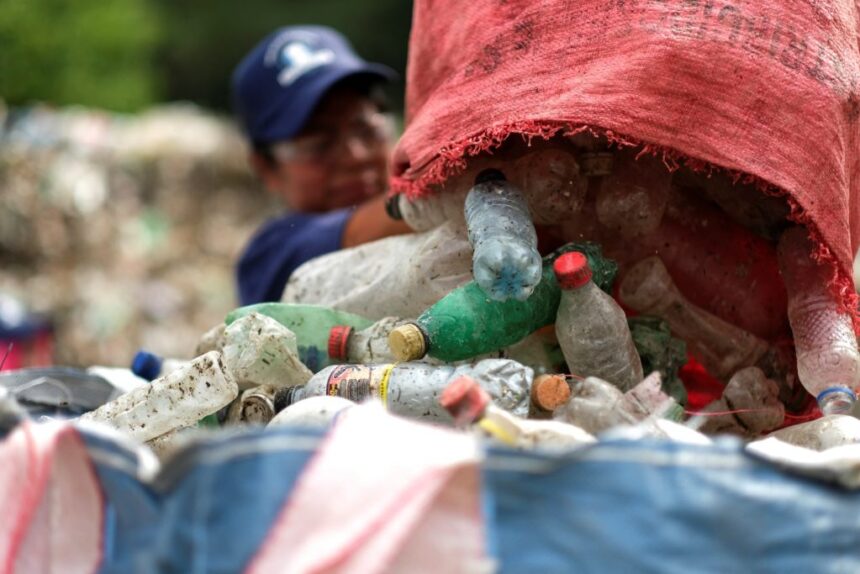The invisible threat silently accumulating in our oceans, soil, and even our bloodstreams has reached alarming new levels, according to groundbreaking research published this week in the New England Journal of Medicine. Microplastics—virtually indestructible particles smaller than five millimeters—have now been detected in human placentas, breast milk, and vital organs, signaling what researchers describe as an “unprecedented planetary plastic pollution crisis.”
“What we’re witnessing is nothing short of an environmental catastrophe with direct human health implications,” explains Dr. Sanjay Gupta, lead researcher at the Environmental Health Institute. “These particles aren’t just passing through our bodies—they’re accumulating, interacting with our cellular structures, and potentially disrupting critical biological functions.”
The comprehensive study, which analyzed data from 47 countries across six continents, reveals that global plastic production has surged to over 380 million metric tons annually—double the amount produced just two decades ago. More alarming still, only 9% of all plastic waste ever generated has been recycled, with the remainder languishing in landfills, ecosystems, or breaking down into microplastics that permeate our environment.
Health implications are increasingly difficult to ignore. Researchers have documented correlations between microplastic exposure and increased inflammation, oxidative stress, and disruptions to the endocrine system. Particularly concerning are the chemical additives in plastics, including phthalates and bisphenol A (BPA), which have been linked to reproductive disorders, developmental delays in children, and certain types of cancer.
“We’ve found microplastics in the lungs, liver, and even crossing the blood-brain barrier,” notes Dr. Elizabeth Warner of Toronto’s Environmental Medicine Center. “The particles themselves can cause physical damage to tissues, while the chemicals they contain or attract can leach into surrounding cells.”
Environmental justice concerns feature prominently in the research, with lower-income communities frequently bearing disproportionate exposure risks. Communities situated near industrial facilities or waste disposal sites often face elevated levels of contamination, underscoring how plastic pollution intersects with broader socioeconomic inequities.
The crisis extends beyond human health. Marine ecosystems face devastating consequences, with an estimated 11 million metric tons of plastic entering oceans annually. This pollution disrupts food chains, damages habitats, and threatens biodiversity. Researchers project that without intervention, plastic waste entering aquatic ecosystems could triple by 2040.
Industry responses have been mixed. While some major corporations have launched sustainability initiatives, critics argue these efforts often amount to “greenwashing” rather than meaningful reform. Meanwhile, policy responses vary dramatically worldwide, from outright bans on single-use plastics in some jurisdictions to virtually no regulation in others.
“What’s clear is that recycling alone won’t solve this,” says environmental policy expert Michael Chen. “We need comprehensive approaches that address the entire lifecycle of plastics—from production limitations to improved waste management infrastructure to innovative biodegradable alternatives.”
Public health advocates are calling for application of the precautionary principle—taking preventive action despite some scientific uncertainty—given the potential long-term consequences. Recommendations include stricter regulations on plastic production, expanded research funding, and greater corporate accountability for plastic pollution.
As individuals increasingly discover microplastics in their food, water, and bodies, the question becomes not whether we should act, but how quickly and decisively we can respond to what may be one of the most pervasive environmental health challenges of our time. Will humanity summon the collective will to address plastic pollution before irreversible damage is done to both planetary and human health?


















